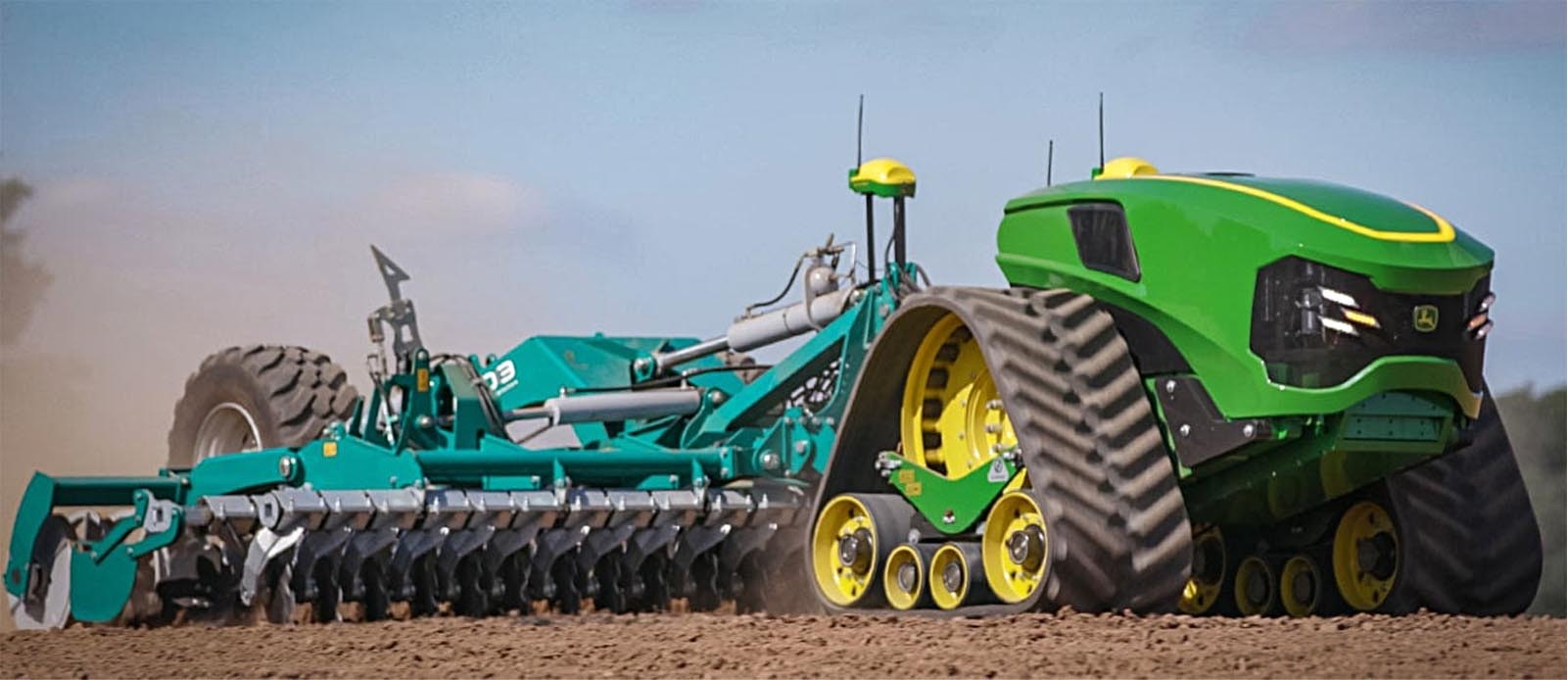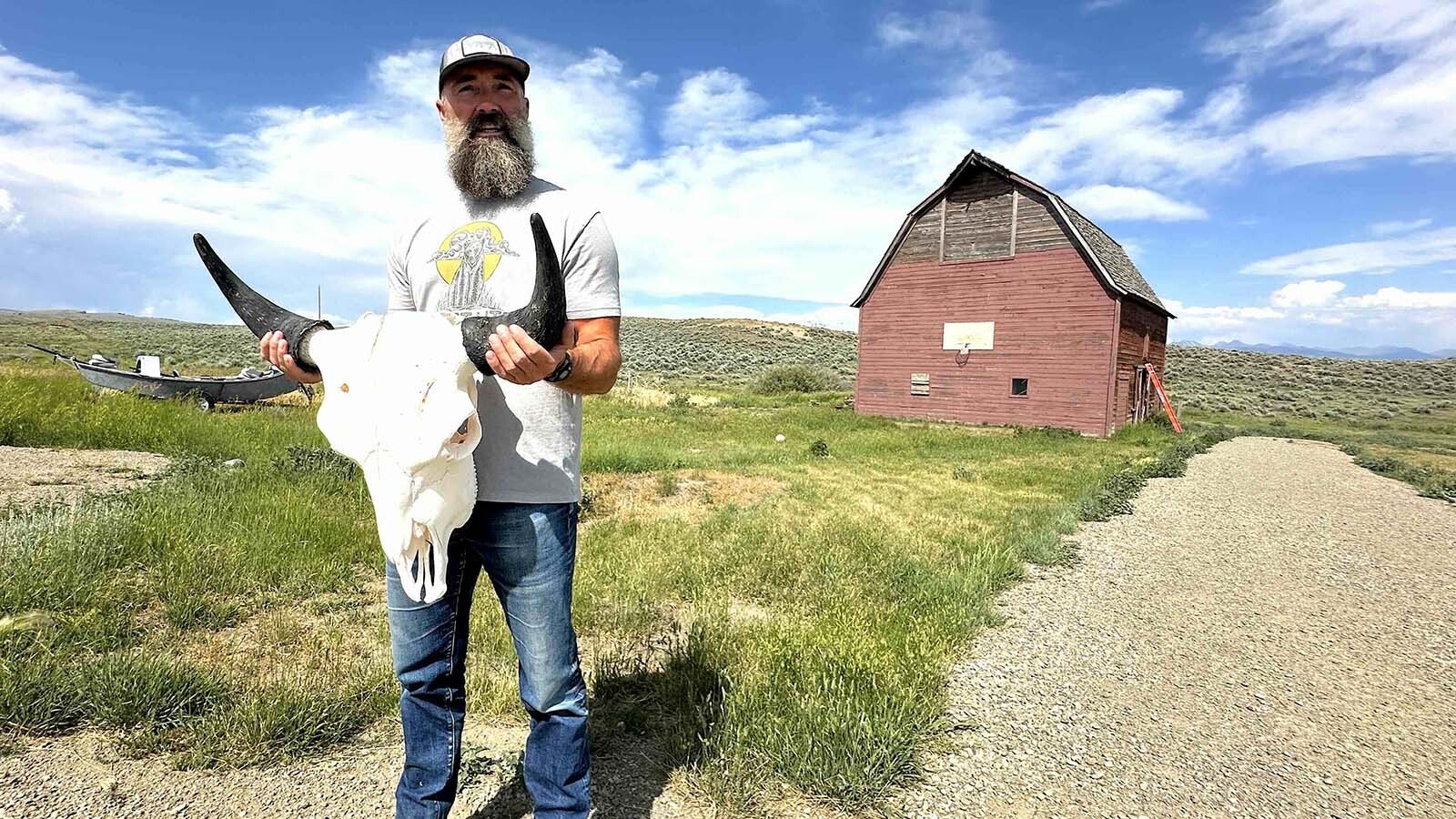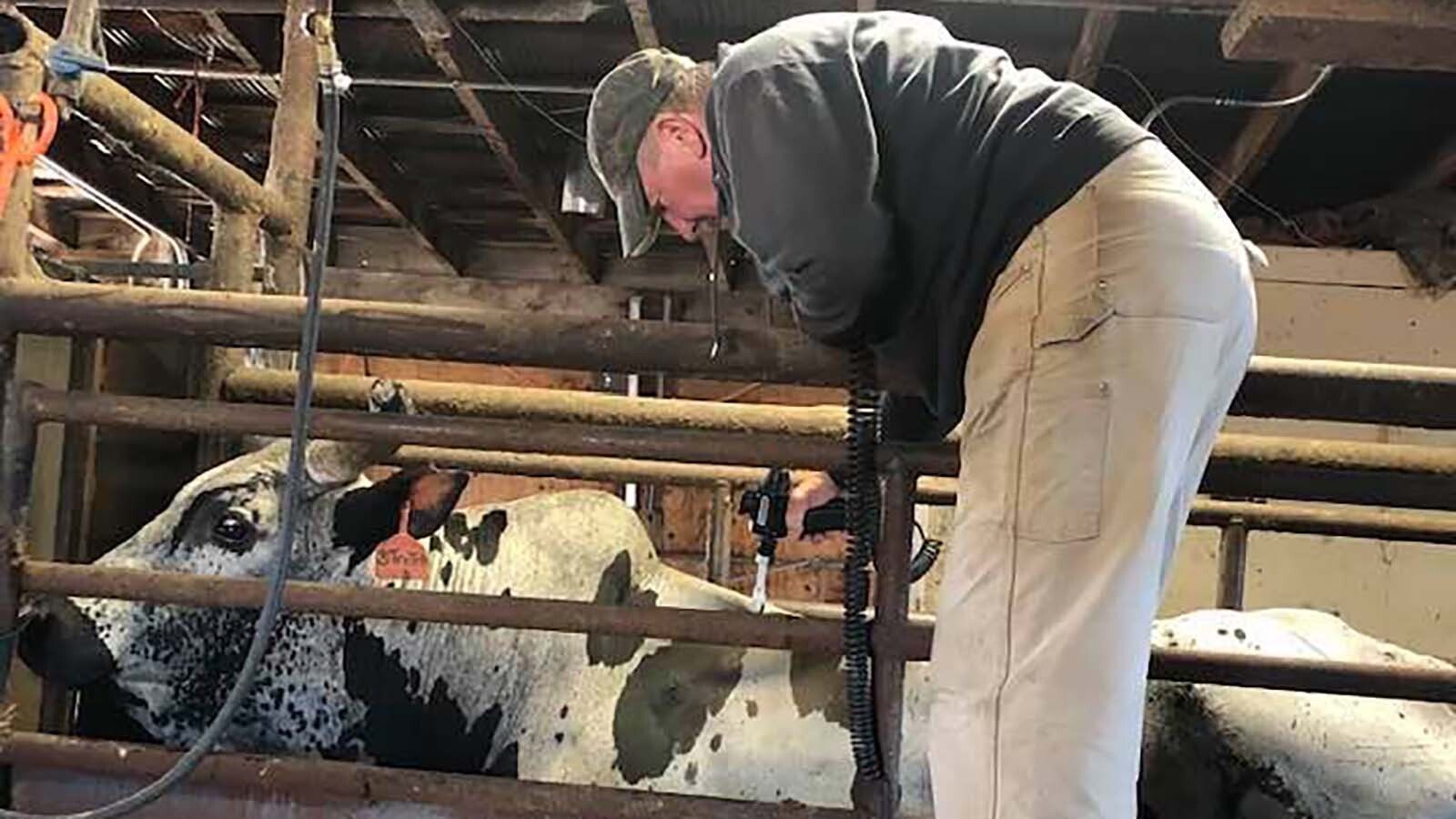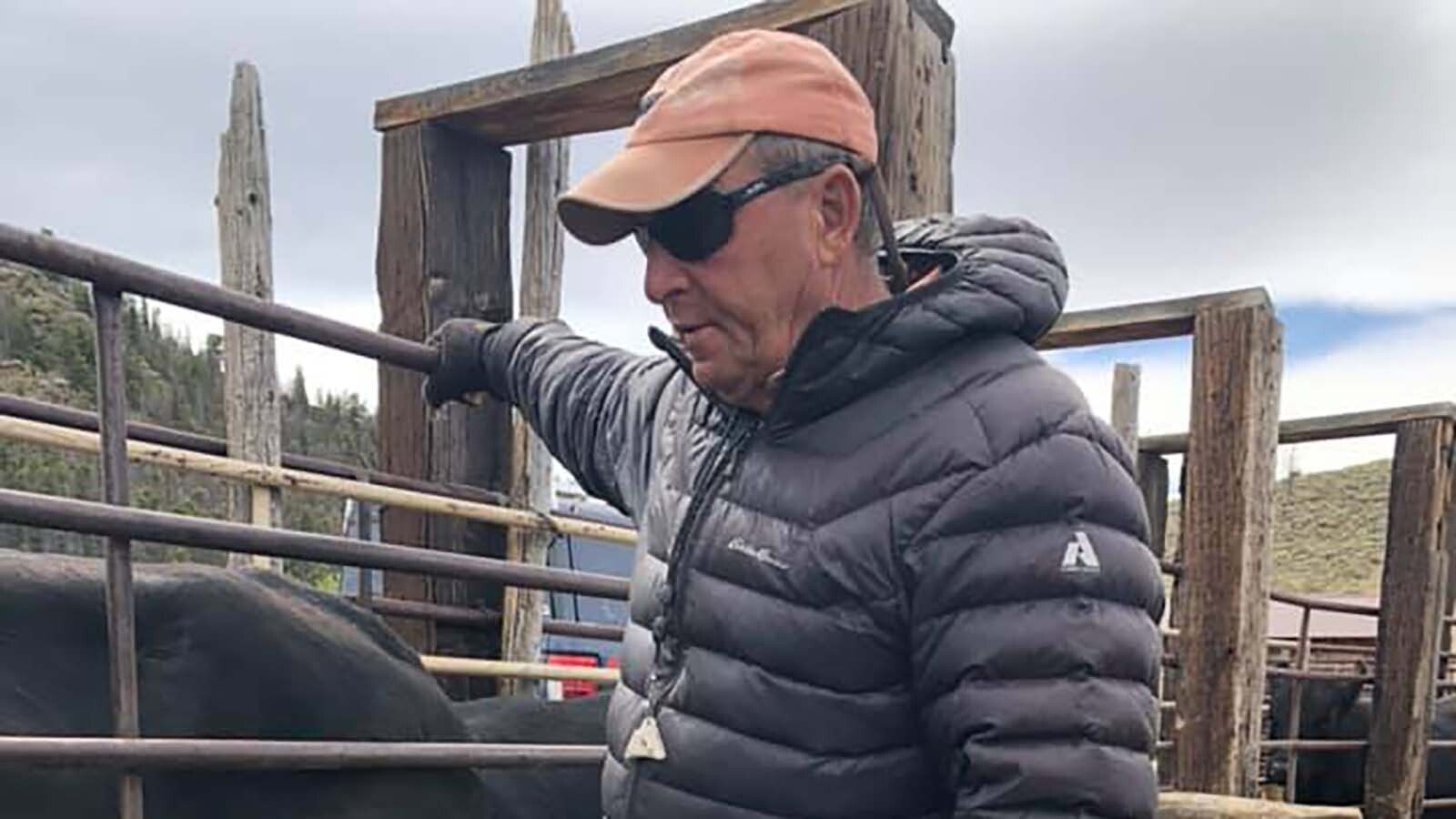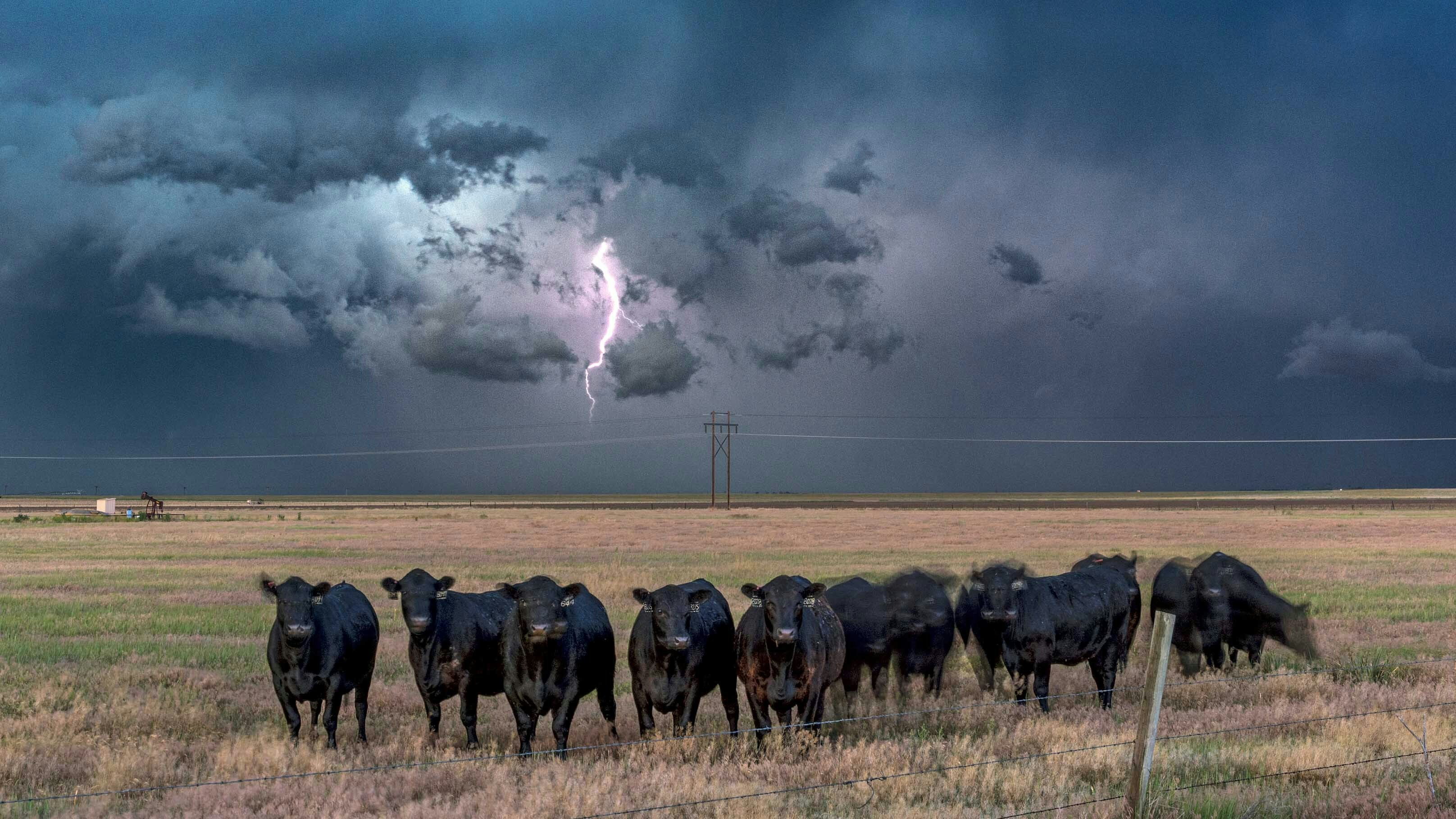Automated ordering kiosks at restaurants and self-checkout lines at grocery stores are becoming commonplace. As labor shortages continue to be a problem across the board in the United States, some companies are turning to machines.
That includes farmers, who are looking to automation to do the work that people don’t want to do anymore.
The U.S. Bureau of Labor Statistics reports employment in agriculture will grow slower than average for other occupations at just 1% between 2019 and 2029.
Working hard, manual labor for long hours outdoors doesn’t attract a lot of applicants these days. Fewer young people also are considering careers in agriculture, and immigration restrictions make it difficult for farmers to tap into immigrant labor to fill those jobs.
Get This Party Started
Ben Sauder, vice president of agronomy for Frenchman Valley Coop, which has locations in Pine Bluffs, has been experimenting with automated farm machinery prototypes from Raven Industries Inc. The company’s OmniPower systems can be paired with existing machinery to create self-driving equipment.
Last year, Raven provided Frenchman Valley with an OmniPower system that was paired with a spreader box, which is used to put crop nutrients on a field near Pine Bluffs. It was one of Wyoming’s first.
The machine was operated with a tablet and a controller that looks like a deluxe version of a video game controller. The results were what one might expect with any emerging technology still in its infancy.
“That was, for lack of a better term, to get the party started,” Sauder said.
As a proof-of-concept test, several of the robots were distributed across the United States used for different applications.
“We have the only one left,” Sauder said.
Sauder said they had to work some bugs out, but once they did that, the system worked as it was intended to.
The platform the system was mounted on didn’t fit row crops, which are crops planted in rows for machinery tailored to evenly spaced rows. So they took it to the Pine Bluffs location because it has wide open spaces on alfalfa fields, which are just fields of grass — or more precisely, legumes.
Sauder said Frenchman Valley uses it mainly as an educational tool to get high-schoolers interested in agronomy and agriculture.
One Less Driver
While fully automated machines have a way to go before they’re in commercial production, other agriculture technologies are cutting down labor, even if they still need a driver.
Ric Rodriguez, owner of Rodriguez Farms Inc., grows barley and beets on Heart Mountain near Powell.
In a conventional sugar beet harvest, a rotor beater cuts off the head of the beet and a beet loader pulls the vegetable from the ground. A couple years ago, Rodriguez invested in a sugar beet harvester from German-based Ropa that does both jobs.
“We harvest beats all in one pass. It cleans the tops and pulls them and loads them and everything. Pretty interesting machine,” Rodriguez said.
It reduces a two-person job to one.
Robot Bo Peep
Companies are continuing to innovate toward complete automation that will allow more food to be produced with fewer workers.
Tech companies and university research departments are working on concept robots that inspect crops, herd sheep and pull weeds. A few tech startups in California are developing robots that can pick apples. In most cases, the designs are too expensive to be cost effective for the farm, but as with all technologies, the price will come down over time.
At the January Consumer Electronic Show in Las Vegas, Nevada, John Deere unveiled a fully automated tractor. According to John Deere sales materials, the driverless tractor has six pairs of cameras that allow it to avoid obstacles and, along with GPS, stay on course. It operates within less than an inch of accuracy. The farmer sets the tractor for autonomous operation with a mobile phone, from which can the tractor’s movements can be monitored along with any problems that arise in the course of its tasks.
“It’s great. It’s the future,” Sauder said.
At the same time, Sauder said, growers are expected to perform the same type of work with fewer and fewer people. The farming community powered by driverless machinery could look very different in the future.

